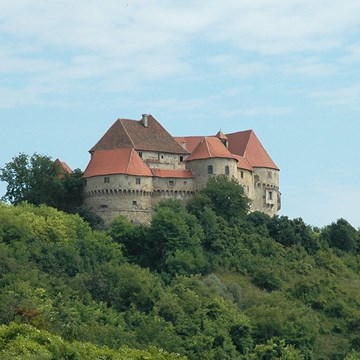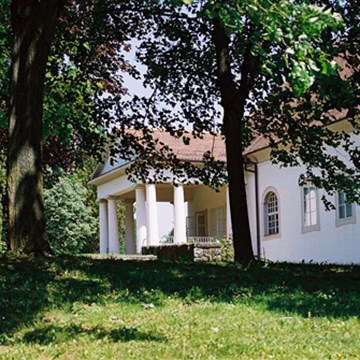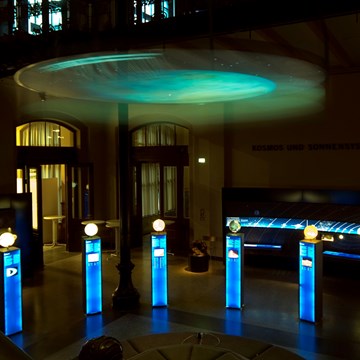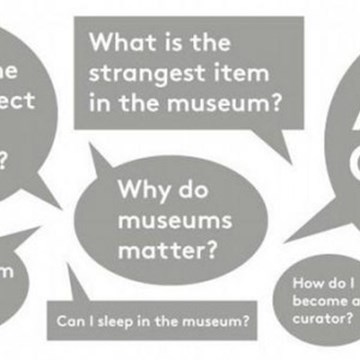A Nation Divided: the Great War and Conscription A Nation Divided: the Great War and Conscription
In 1916 and 1917, during the darkest days of the Great War, two referendums were held asking Australians to decide whether men should be conscripted to fight overseas. The issue was hugely controversial, dividing families, communities and political parties. Thousands of impassioned speeches were made, endless newspaper columns written, mass meetings and huge rallies held throughout the country. In fact the debates surrounding these two referendums have been described by some historians as the most bitter, divisive and violent ever to consume the nation. As Australians divided in bitter recrimination, it seemed as if the soul of the grieving nation would tear itself apart.
This exhibition tells the story of this extraordinary period in our history. It is a tale of political intrigue, industrial turmoil, civil unrest and a lurid propaganda war. There were passionate idealists on both sides of the debate, but also many ordinary people who quietly made up their own minds. In the end Australians voted against conscription, despite a huge government campaign to persuade them otherwise. In a sense then, the conscription story is also a story of the triumph of democracy, amidst the most testing circumstances ever experienced in Australia.
Why did the Australian Government consider conscription?
When Great Britain declared war on Germany in August 1914 the Australian Government responded generously, offering to send and equip 20,000 troops, with more to follow. Australia had only a very small standing army in 1914, and its use overseas was prohibited by the Defence Act 1903, which meant that any force raised had to be voluntary. It was an ambitious promise, but in the first months of war men flocked to enlist. The Australian Imperial Force (AIF) sailed from Albany in convoy with New Zealanders, and accompanied by the Japanese battleship Ibuki, on 1 November 1914.
Enlistments fall
For the first year or more of war enlistments remained high. By early 1916 over 200,000 men had volunteered to fight. But as the long lists of casualties began to arrive in Australia, from Gallipoli, Palestine and then the new battle fronts in France, shocked Australians struggled with their grief. Social, economic and political differences, masked in the first months of patriotic fervour, surfaced once again. Enlistments fell off sharply. At the same time the British Government pressed Australia for reinforcements to replace those who had fallen.
Conscription - or not?
Labor Prime Minister William Morris (Billy) Hughes began to consider conscription, following the example of Britain (from January 1916) and New Zealand (from June 1916). Despite promising in 1915 'in no circumstances would I agree to send men out of this country to fight against their will', one year later he had changed his mind. He became an increasingly forceful supporter of conscription.
In 1916, then again in 1917, the Australian Government held referendums to decide whether men should be conscripted to fight overseas. It was a question that ignited the nation in bitter controversy.
Exhibitions and events
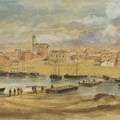
Melbourne: Foundations of a City
Permanent exhibitionFrom bucolic village to bustling metropolis in forty years – this exhibition, 'Melbourne: Foundations of a City' tells the story of the astonishing growth of Melbourne. Dramatic panoramic pictures...

Melbourne as National Captial
Permanent exhibitionFederation By 1900 all of the six self-governing colonies of Australia had resolved to join together to form a new nation. It would be called Australia. The new Commonwealth of Australia came into...
Activities from this museum
We don't have anything to show you here.


